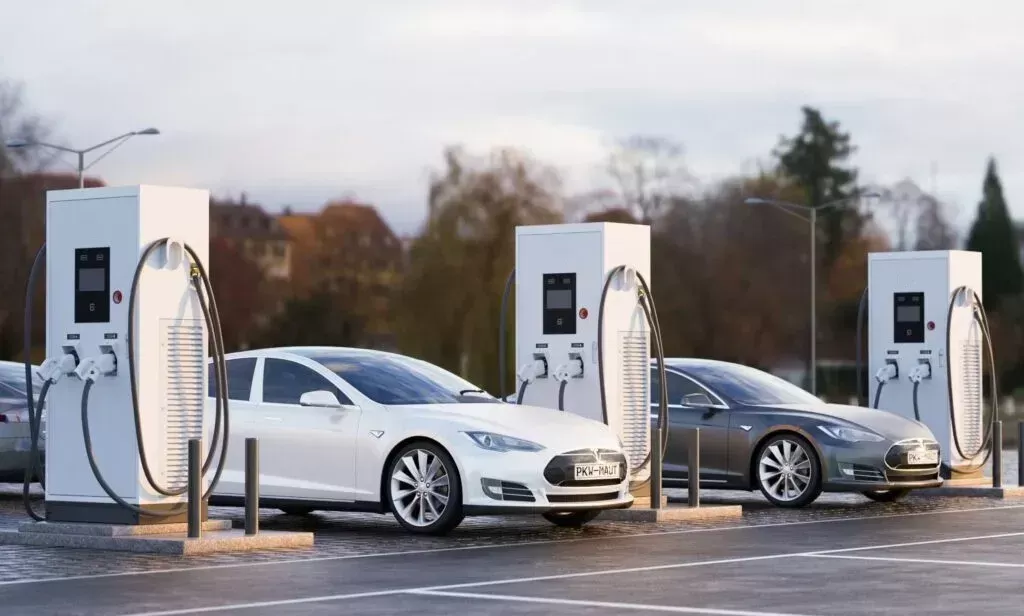Notifications

7 minutes, 8 seconds
-11 Views 0 Comments 0 Likes 0 Reviews

As a professional EV charger manufacturer based in China, Topper Company provides dependable electric vehicle charging stations and comprehensive solutions.
As electric vehicles (EVs) become increasingly mainstream, understanding how to charge them efficiently is vital for both new owners and experienced drivers. Unlike refueling a gas-powered car, EV charging involves multiple options that impact speed, convenience, cost, and even battery longevity.
The Society of Automotive Engineers (SAE) International has categorized EV charging into three levels—Level 1, Level 2, and Level 3 (also known as DC Fast Charging). Each level represents a different combination of voltage, power output, and use case. Choosing the right level can make a big difference in how you integrate EV charging into your daily routine.
Level 1 is the most basic form of EV charging, using a standard 120-volt household outlet—the same one used for everyday appliances. It requires no special equipment beyond the charging cable that comes with most EVs, making it an easy entry point for new EV owners.
2 to 4 miles of range per hour
24–48 hours to fully charge a long-range EV
Level 1 charging is best suited for short commutes, overnight top-ups, or occasional use when faster charging isn’t available.
Standard EVSE cable (typically included with the vehicle)
Three-prong wall outlet (NEMA 5-15)
Optional upgrades for surge protection, weatherproofing, or app connectivity
Level 2 charging uses a 240-volt power supply, similar to what powers clothes dryers or electric ovens. It offers significantly faster charging and is commonly used at homes, workplaces, and public charging stations.
12 to 60 miles of range per hour
Power output ranges from 3.3 kW to 19.2 kW
Charge times:
Plug-in hybrids or small EVs: 2–4 hours
Mid-size EVs: 4–6 hours
Long-range EVs: 6–10 hours
Note: The actual charging speed depends on your EV’s onboard charger capacity. For example, if your car is limited to 7.2 kW, a 19.2 kW charger won’t charge it any faster.
240V outlet or hardwired unit
Dedicated 40A+ circuit and professional installation
Smart features: Wi-Fi/Bluetooth, scheduling, energy tracking
Many utility companies and governments offer rebates and tax incentives to help offset installation costs.
Level 3—commonly called DC Fast Charging (DCFC)—uses direct current (DC) instead of alternating current (AC), bypassing the vehicle’s onboard charger to rapidly replenish the battery. This level is designed for public use, particularly for long-distance travel or high-usage commercial EVs.
Adds 100 to 250 miles of range in 30 to 45 minutes
Some models can charge 10% to 80% in just 15–25 minutes
Operates at 400–800 volts, delivering 50 to 350+ kW of power
DCFC is ideal for fleet operators, ride-share drivers, or road trippers needing quick, reliable power boosts.
CCS (Combined Charging System): Most widely adopted in North America and Europe
CHAdeMO: Mostly used by Japanese automakers (e.g., Nissan, Mitsubishi); declining usage
Tesla Supercharger: Proprietary in North America (Tesla is transitioning to NACS and opening to other brands)
High-power equipment and installation
Usually located at:
Highway rest stops
Shopping centers
Transit hubs
Public fast-charging networks
Not all EVs support DCFC—check your vehicle’s specifications
| Charging Level | Voltage | Power Output | Range Added (Per Hour) | Typical Location | Best Use Case |
|---|---|---|---|---|---|
| Level 1 | 120V | 1.4 – 1.9 kW | 2 – 4 miles | Home wall outlet | Overnight or emergency charging |
| Level 2 | 240V | 3.3 – 19.2 kW | 12 – 60 miles | Homes, offices, public lots | Daily use, overnight recharging |
| Level 3 (DCFC) | 400–800V | 50 – 350+ kW | 100 – 250 miles (in ~30–45 min) | Highways, urban fast stations | Long-distance, rapid charging |
The ideal charging level depends on your driving habits, budget, and vehicle capabilities:
Level 1: Sufficient for light daily driving or plug-in hybrids
Level 2: Perfect for most households and daily commuters
Level 3: Best for road trips, fleets, or drivers who need quick turnaround
Many EV owners use a combination of Level 2 for home and Level 3 while traveling.
The charging landscape is evolving quickly, with innovations on the horizon:
Ultra-fast 350 kW+ chargers for next-generation EVs
Wireless (inductive) charging pads for hassle-free power-ups
Bidirectional charging (V2G) to power homes or send electricity back to the grid
Integrated smart energy systems to optimize renewable usage and grid balance
As battery technology and EV adoption accelerate, expect faster, more accessible, and more intelligent charging solutions to become the norm.
Understanding the three levels of EV charging—Level 1, Level 2, and Level 3—is key to optimizing your EV experience. Each level has distinct advantages depending on your needs, whether it’s a simple overnight top-up or a rapid recharge on the go.
As EVs reshape the global transportation landscape, choosing the right charging solution will help you drive further, charge smarter, and reduce your environmental footprint—one kilowatt at a time.Know more about Google SEO Directory

